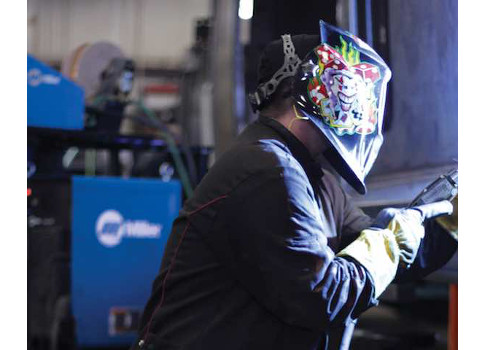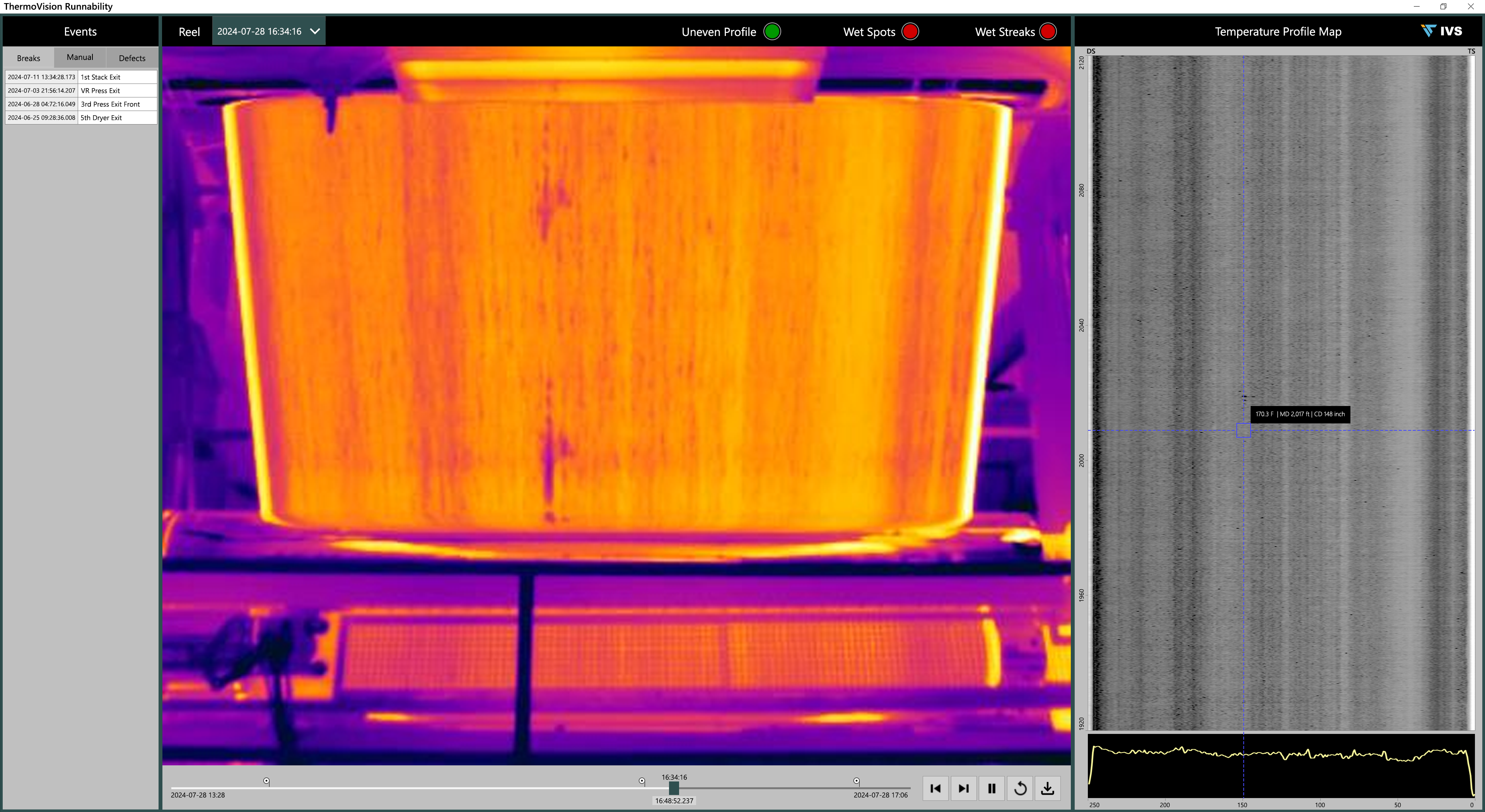Avoiding six common welding mistakes such as improper gas pressure, poor material fit-up, and overlooking preventive maintenance can reduce costs, improve productivity.

Welding mistakes can have a big impact on the bottom line. While they seem minor individually, these common errors can reduce productivity, increase downtime and rework, and cost thousands of dollars a year in wasted consumables. Competition is increasing for manufacturers across the industry, making the focus on productivity, efficiency and throughput even more critical. Reducing the time spent on non-value-added activities—any time spent not welding—is one key to make your operation more attractive to potential clients.
Consider these six common mistakes that occur in welding operations, and the steps to prevent them, to help ensure optimal results.
1. Bad connections or cables
Loose connections and damaged cables impact the quality of the welding arc. Damaged cables can cause voltage drops and ultimately reduce the heat into the weld, and this contributes to inconsistent weld quality. Poor cable connections or cable conditions also can lead to spatter in the weld, increasing time and money for cleanup.
Cable problems can stem from several factors, including:
- Connections that were not properly tightened at setup
- Connections that loosen over time with use
- Damage that occurs when a cable is dragged over a piece of sharp steel or run over by machinery.
A loose connection or even a small nick in a weld cable can affect the weld. Regularly check cable connections and conditions, and replace damaged or worn cables as necessary. Attention to this seemingly simple matter can prevent major problems and should be conducted regularly.
2. Improper gas pressure or flow
When the shielding gas level is turned up too high, or when the gas lines to the machine are too long, it can cause improper gas pressure or flow. These factors affect weld quality and can generate additional downtime for rework.
The gas line typically extends from the gas supply to the wire feeder and ideally should be as short as the application allows. If a gas hose is quite long, pressure can build up in the hose and inflate it when the operator is not welding. As the operator pulls the gun trigger, the excess pressure releases, causing an unstable arc, spatter and porosity in the arc starts.
The gas regulator, which helps ensure the correct gas pressure, should also be located as close to the feeder as possible. When the regulator is located too far from the feeder, it can result in a surge of gas.
Incorrect gas pressure settings also can lead to problems. Using the wrong gas pressure setting happens frequently in shops without air conditioning, where workers may run fans to keep cool. Because the fan can blow away the shielding gas, some operators may turn the gas level higher to compensate for this issue.
However, gas levels that are too high can result in an unstable welding arc, more spatter and incomplete fusion. Conversely, gas pressure that is too low can lead to weld defects because the weld pool isn’t adequately shielded.
Issues with improper gas pressure or flow can increase costs in the welding operation in several ways.
- Wasted gas. For a welding operation that spends $200,000 a year on shielding gas, using 30% more gas than is necessary is an additional $60,000 expense.
- Welding defects that require downtime and rework.
- Increased spatter that requires additional time for cleanup.
Larger welding operations may play close attention to the time and money spent on these non-value-added activities, but not all operations have the resources to do so. It’s important to monitor these activities though, as small changes and adherence to best practices can save time and money.
3. Poor material fit-up
When parts aren’t properly tacked, part fit-up issues occur and can cause weld defects. Poor fit-up may result in extra spatter, poor weld aesthetics and less-than-adequate weld penetration that requires the operator to spend more time trying to fill the gap. In addition, tacks that are too large can also be hard to weld over and achieve good weld quality.
Ensuring proper fit-up and tacking of the materials is important to prevent costly and time-consuming issues. While this adds time to the start of the process, it can save time and money for rework and wasted consumables. Proper fit-up and tacking also make it easier to achieve high-quality welds.
4. Too much anti-spatter
Using too much anti-spatter spray and using it in the wrong areas and in the wrong manner can cause problems in a welding operation.
The purpose of anti-spatter spray is to prevent spatter from the welding arc from sticking to the part and the consumables on the welding gun. However, using too much on parts can cause the spray to enter the weld joint, resulting in poor weld performance, more spatter and even problems with weld penetration.
Similarly, soaking the consumables on the welding gun in anti-spatter spray can lead to the insulator in the nozzle degrading prematurely. This issue leads to extra consumable costs, downtime for changeover and potentially weld quality issues.
Before relying on anti-spatter spray, check that the weld settings and parameters aren’t too high. Too much spatter can often be corrected by using proper settings and parameters, thereby eliminating the need to use anti-spatter spray. Improper gas settings can also be a cause of spatter and should adjusted accordingly.
Correct settings or parameters and the reduction of anti-spatter spray can save time in rework and/or post-weld cleanup, and save money by reducing the amount of spray used. Using less anti-spatter spray also reduces time for cleaning the weld cell, since anti-spatter can cause surfaces and the floor to be covered and slick (also a safety hazard).
5. Overlooking preventive maintenance
Regular care and inspection of the welding gun, consumables and wire feeding system can ensure optimal performance and productivity. This maintenance can be planned during routine pauses in the welding operation.
- Frequently inspect the gun and consumables to ensure they are contributing to weld quality and system performance.
- Look for loose connections that can naturally occur during welding and tighten as needed.
- Inspect for consumable wear and replace contact tips, gas diffusers and retaining heads as needed.
- Clean out the liner periodically with compressed air and track how long a liner typically lasts. Replace it before problems occur.
As part of an overall preventive maintenance program, keep in mind the type of consumables being used. Choosing the least expensive consumables may result in premature wear, which leads to downtime for changeover and/or problems with the weld.
6. Improper machine setup
Improper machine setup can lead to poor welding performance. In larger operations, there are often welding procedures that specify voltage and wire feed speed settings. However, in small or mid-sized operations, their weld procedures may not be in place. When welding parameters are set incorrectly for the application, it can increase spatter or lead to incomplete fusion, again requiring time and money for cleanup or rework. Welding equipment distributors can provide guidance on the correct machine procedures and parameters for specific applications.
In addition, consider investing in new welding technologies that offer pre-set machine parameters and provide more forgiving operating windows, which make it easier to produce high-quality welds.
Even mistakes that seem small can end up costing significant time and money for a welding operation. Pay attention to best practices to prevent these costly mistakes and gain cost savings.
The bottom line: increasing the time operators spend welding, and reducing the amount spent on non-value-added activities, can improve productivity and efficiency.
John Leisner is segment manager for Miller Electric Mfg. Co.



